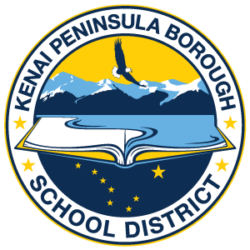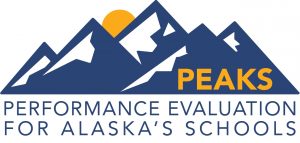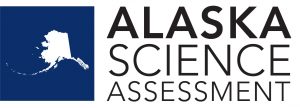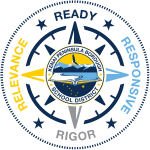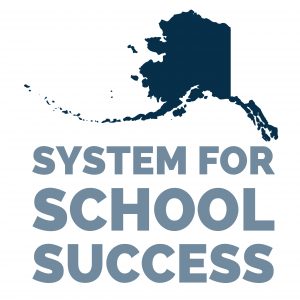Join the Kenai Peninsula Borough School District to celebrate Tustumena Elementary educators, students, and families! One hundred schools nationwide earned recognition as a National ESEA Distinguished School in 2019, and Tustumena Elementary School is recognized in the category of exceptional student performance for two or more consecutive years!
In the small coastal area of Kasilof, Alaska, Principal Doug Hayman often refers to Tustumena Elementary School as Camelot. With a population of 549 (2010), a post office, mercantile, gas station, church, and school tucked along the aquamarine Kasilof River flowing to Cook Inlet, the staff and 145 students and their families make the school the place to gather, connect, and learn.
“Relationships between the teachers and the parents at Tustumena Elementary is strong, and by working together to promote this strong bond, we have developed an atmosphere that leads to success. Tustumena has always provided the best education possible. In order to do this, we have worked to keep class sizes down, meet the needs of all students, and draw the best teachers available. The test scores in recent years have shown that all of these factors and more have helped Tustumena become an extremely successful school. Data driven decision-making has been an important part of our overall school planning. Regular Benchmark testing fuels our Intervention process. Beginning with the first I-Team Day and ending with the last day of school, the Intervention and Special Education programs are key to assuring that all students are getting their individual instructional needs met.”
Principal Doug Hayman

Tustumena Elementary School and Evergreen Elementary School in the Wrangell School District were the two Alaska schools named National ESEA Distinguished Schools by the Alaska Department of Education and Early Development.
“It is an honor to recognize these two outstanding schools in our state. Both Tustumena Elementary and Evergreen Elementary have demonstrated effective strategies to ensure student success. I am proud to congratulate the educators, students, and families of these communities on the recognition of their hard work and dedication to Alaska’s students.”
Alaska Department of Education and Early Development (DEED) Commissioner Johnson

Alaska identifies eligible schools for the award based on their students’ performance on the Performance Evaluation for Alaska’s Schools (PEAKS) assessment in English language arts (ELA) and Mathematics. Identified schools chose to apply for the honor, providing evidence of effectiveness in evidence-based instructional strategies; providing opportunities for all children to achieve; coordination of Title I with other programs; professional development of staff; and partnerships with parents, families, and communities.
“The faculty at Tustumena has long been recognized in the community for the steadfast dedication to students and their families. It is exciting to see them being recognized at the state and national level for the academic outcomes resulting from that dedication. To be recognized as having high student performance for two or more years is especially impressive because the PEAKS assessment has undergone some changes. While other schools in the state have grappled with declining student performance due to the academically challenging standards we have here in Alaska, it is worthy of celebrating that students in the KPBSD, and at Tustumena Elementary, especially, are doing so well as they advance toward the opportunities their futures will hold!”
Dr. Christine Ermold, KPBSD Director of Federal Programs and Professional Development
photos: Tustumena Elementary, December 2019, Pegge Erkeneff, KPBSD
About ESEA Distinguished Schools Program
www.ESEAnetwork.org.
The National Elementary and Secondary Education Act (ESEA)
Distinguished Schools Program is a project of the National Association of ESEA
State Program Administrators that publicly recognizes schools for their
positive educational services. It highlights the efforts of schools across the
country making significant improvements for their students. Because only two
schools per state can be selected as a National ESEA Distinguished School each
year, this award is an especially prestigious honor for the schools, staff, and
students.
In the KPBSD, Tustumena Elementary joins Nikolaevsk School which was recognized in 2015.
Links
- Tustumena Elementary website
- PDF: Read more about Tustumena Elementary instructional strategies, Title I, student opportunities, PD, and the community
- Tustumena Elementary: Principal Doug Hayman, 907-260-1345, dhayman@kpbsd.k12.ak.us
- Kenai Peninsula Borough School District: Pegge Erkeneff, Director of Communications, Community, and Government Relations, 907-714-8888, Pegge@KPBSD.org
- National Association of ESEA State Program Administrators: Marcus Cheeks, Deputy COO, marcus.cheeks@ESEAnetwork.org, www.ESEAnetwork.org

